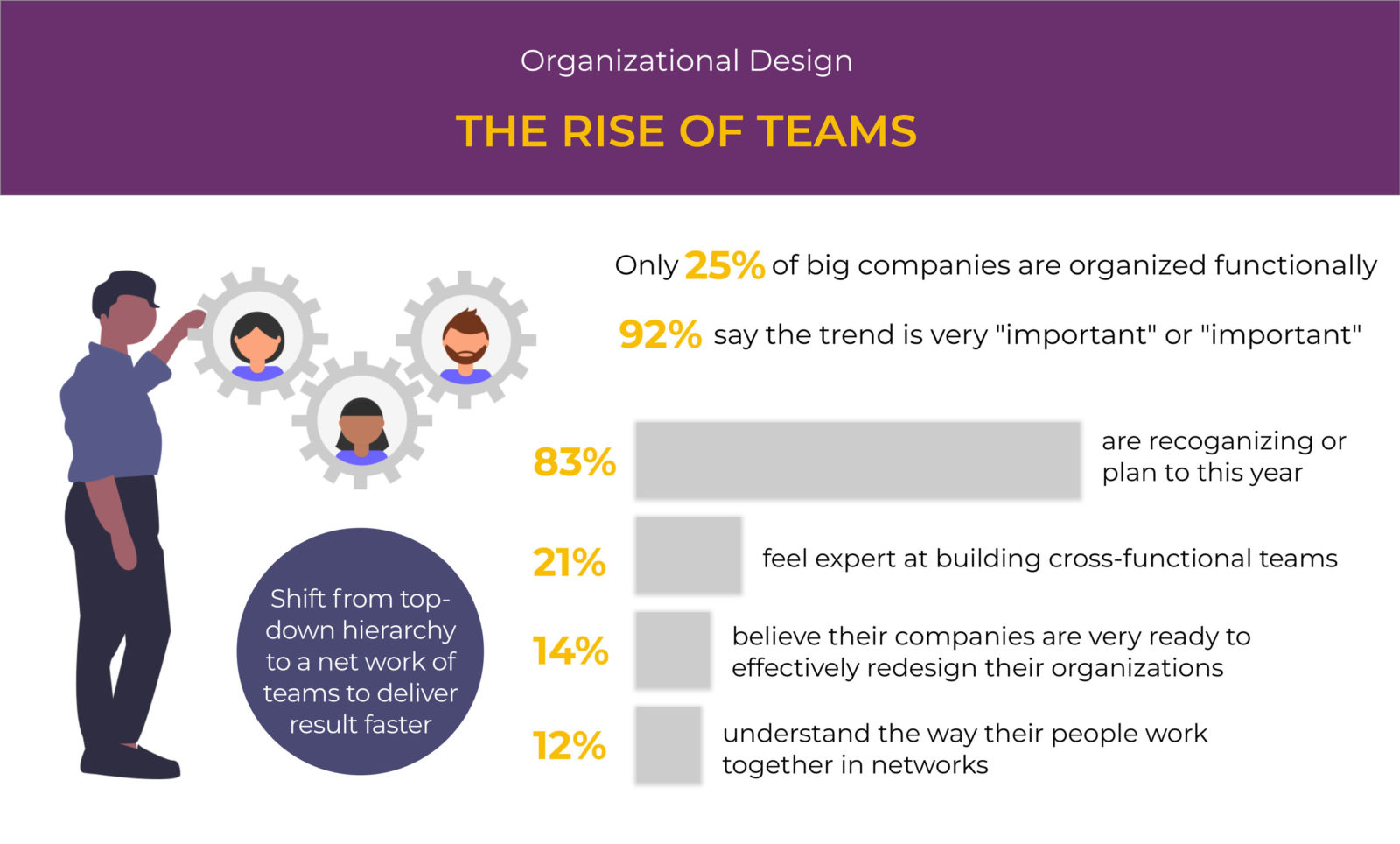
Under the rapidly changing business world, the traditional organizational structure and career development plan can no longer meet the needs of talent management of modern enterprises.
People used to join companies for more than thirty years right after graduation. Today, the average worker stays at their job for 4.4 years, and many Millennials change jobs twice often than the average.
While many think the solution to this problem is to build a flexible workplace and give people benefits like free food, unlimited vacation, and lavish bonuses. In reality, the problem is much more fundamental. The company needs to realize the difference between the traditional and modern model of a career and organizational structure, then change from here.
The Traditional Model of a Career
The traditional model of a career is consists of two functional specialization paths: managerial and professional. Most of the managerial workers are often find it easier to be promoted into senior management. According to research conducted by Josh Bersin and his team in 2016, managerial roles typically get paid 30 % more in most of the companies. Unfortunately, because of the history of the functional organization, the “up or out” model of management often forces technical experts to leave. Thus, the company is risking losing loads of talents.
When companies are developing succession plans, many of them will draw down a list of high potential person (HIPO) and identify them as someone who could move up in the organization. Typically, HIPO pools are secretly identified by the higher management directly, even if they are not qualified for the job. Such a model will hinder the recognition and development of outstanding employees.
Careers and Talent Mobility in Today’s World
Nowadays, companies are largely focused on the dynamic development of the organization. New business units, customer opportunities, and product teams are constantly formed to meet different business needs. The growth of talent is a long and indispensable process. The growth of an individual employee is the basis to grow the whole organization.
When the individual needs are no longer match with the organizational goals, talent mobility has become an inevitable process to help enterprises to develop. Many Young employees claim that they want to move around and accelerate their career development.
According to Josh Bersin (2016), the highest performing companies are moving people around from team to team on a much more regular basis. Employees can grow much faster when they work in a fully self-driven team with different projects. It can also improve employee engagement and retention. At the same time, the company should eliminate the unnecessary middle management class, and having team leaders who know the business to drive the team towards success.
This highly flexible operating structure, which is just emerging as a new practice in organization design, facilitates innovation, rapid response to customer needs, and agility.
Regarding career planning, the company should construct an open and transparent career path for employees and allows them to see more growth possibilities within the company.
– Click to learn more about the importance of succession planning.
When employees are planning for their future careers, they should also maintain high career agility to match the current business environment and needs.
Click to learn more about how to improve your career agility.
In short, companies have to abandon the idea of “up or out” and “HIPO” pools, moving toward a multi-directional growth career model
What’s Coming Next?
In the next post, we will guide you through five basic principles to revint careers in your company.

Scan QR code to follow WeChat public account
Never miss any talent management information





aTalent